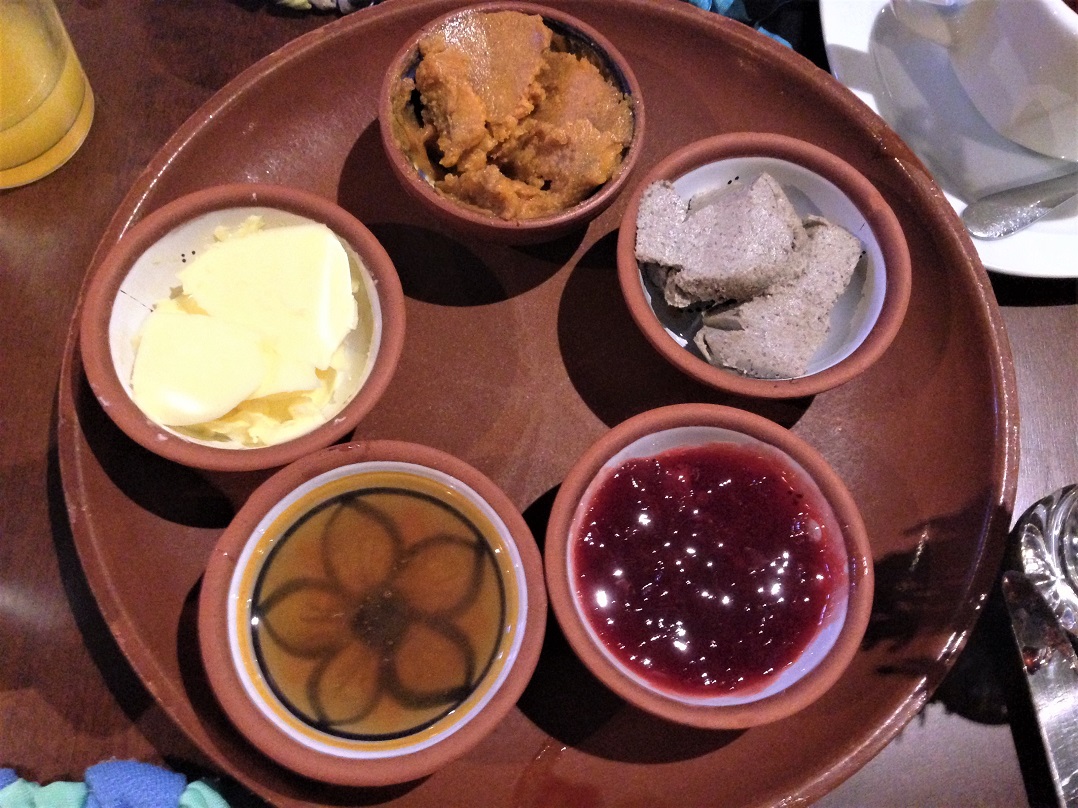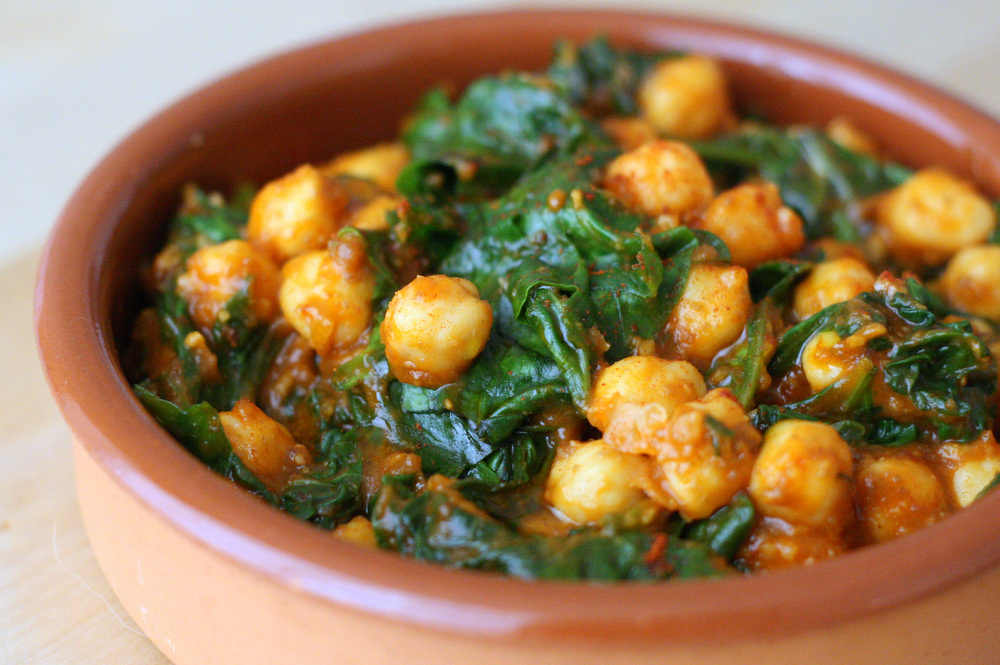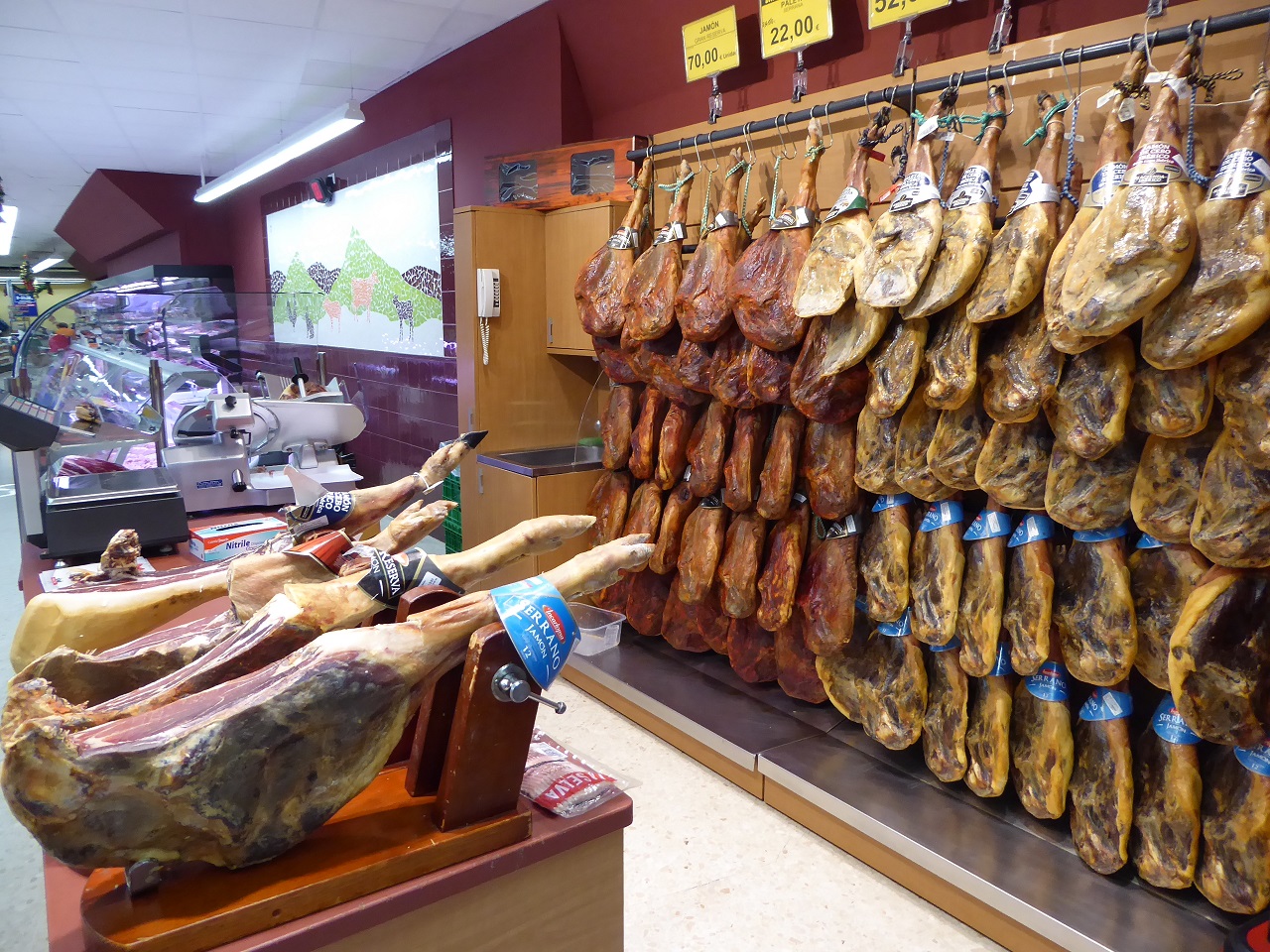We’ve now eaten our way through Andalucia and bring you our reviews of all things food and drink in this beautiful country.
What to expect
When to eat: The short answer is late. Breakfast is at 10:00 am, lunch starts at around 2:00 pm, and dinner is at 10:00 pm. Restaurants and cafes are open before this, but the dining establishments don’t fill up until the appointed hour.
Where to eat: As is true anywhere, the food nearest the tourist attractions is mediocre or just plain bad. Take a detour down a side street or two and eventually there will be a small bar with a lot of Spaniards standing around – that’s the place to eat.
How to order: It can be intimidating to order food here, especially if the place is packed and doubly so if you’re not a native Spanish speaker.Walk in knowing what you want to drink (vino rioja or cerveza is a good bet); they’ll give you time to figure out your food order and a lot of places have menus in English. Be brave. It’s worth it.
Ok, with the basics out of the way, here’s the run down on the food we liked best:
Breakfast
The typical breakfast in Spain is tostadas – a basic toasted baguette with a small selection of toppings. Without fail this will be on offer at every cafe, bus station, and hotel. The most popular toppings are aciete y tomate – olive oil and tomato. Other toppings may include butter, jam, paté, cheese, or ham.

I’ve never been a big fan of bread for breakfast, but I got used to this real quick.

Tapas, an origin story
Back in the days before we had lawyers around to draw up formal contracts for us, business deals in Spain were finalized over a glass of wine. The parties to the deal would sit outside and toast to their good fortune. Salud!
Only, see, there were these pesky flies all over the place, and they kept drowning themselves in the wine. Ick. So proprietors started bringing out small plates, with a little food as a courtesy, that could be placed on top (tapa) of the glass. We may have fleets of lawyers now, but the tapas were too good of an idea to drop.
Tapas come in many varieties these days, but count on a Mediterranean influence. Olives, cheese, sliced sausage, and seafood are most common. Watch out for the fried anchovies. They are battered and fried whole. You’re expected to pop the whole thing – eyeballs and all – into your mouth in one bite.
Here are a some of our favorites:




Jamón Ibérico
This could have been included in the tapas section, but it’s so special it gets its own entry. It is cured ham unlike anything you’ve ever tasted. The good stuff – the really good stuff – is called bellota (acorn). It is thus called because acorns are exclusively what the pigs ate. There are a lot of ibéricos out there from pigs raised on grain. Trust us, it’s not as good. You’ll pay extra for it, but it’s worth it.
The meat comes from black ibérian pigs, and the legs are rolled in salt and then hung to dry for anywhere from 12 to 48 months. When they’re ready, the proprietor will set up the leg on a special stand and cut it into paper thin slices.

Take a whiff of the meat before you eat it, then press it against the roof of your mouth and breathe deep before chewing. It’s a wonderful experience. Drizzle a little olive oil on it (they put it on every table) for an extra treat.

The best stuff we found came out of the Huelva Province. Consider a vacation at Pousada San Marcos and attend their Iberian Ham School for history, instruction, and some of the best jamon you’ll ever have. The hotel is about an hour outside of Seville, so you can finish up your vacation there.
Paella
It’s surprisingly rare to find paella served at restaurants in Spain. If they’re serving it at all they are doing it on Sundays, and you’ll need to wait 30-40 minutes for your order to come out.

In a lot of big cities there may be places that serve the dish all the time, but the quality is not great. We ordered paella four or five times while we were in country and every time it was – fine.
I suspect that to get the best paella in Spain you have to go to the same place that serves the best lasagna in Italy – home.
We might go ahead and buy a paella pan and experiment on our own once we get back. It feels like a worthy dish.
Churros and Chocolate
This is mostly a breakfast dish, but we would often be able to find it as a mid-day snack. Being from Southern California, I am accustomed to these spears of fried dough being rolled in sugar and cinnamon, like God intended. But in Spain, they are served plain. You generally have to ask for the cup of molten chocolate to dip them in. They are almost as good as my beloved Mexican churros.

Have you spent time in Spain? Let me know about other foods that you liked! I’m gathering a list from our travels of recipes that we can incorporate into our daily cooking routine.
My mouth was watering while reading! You must cook some of these dishes for us when you return. I will be sure you dad stays out of the kitchen! 🙂
LikeLike
If you start adding churros to your daily routine…you gonna have to plan a walking vacation next! Ha, ha
LikeLike
[…] for eating in Egypt. For other food related posts, check out our reviews of the food in Portugal, Spain, and […]
LikeLike